Small Space Vegetable Garden: A Recipe For Success!
Just because you don't have a lot of room doesn't mean you can't grow fresh vegetables. There are many vegetables that will grow in containers or a small garden bed. Learn how to set up your own vegetable garden even if your space is limited.
Plan Your Space
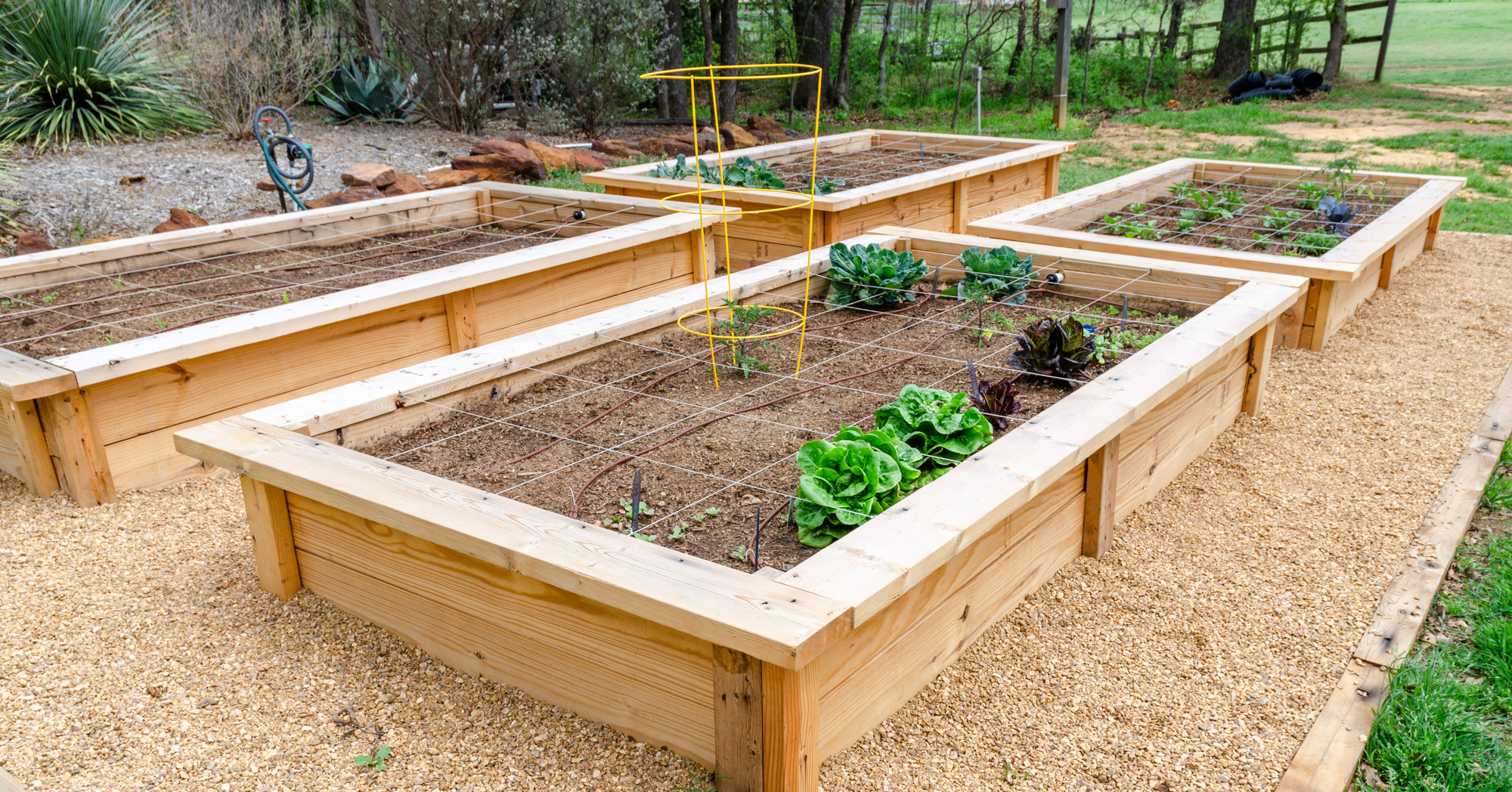
Start by measuring out the space you have available. Pay attention to how much sunlight each area receives and if it will have easy access to water. With limited space, every inch counts, so you'll want to make sure you've measured, mapped, and planned out each nook to maximize the space.
Utilize Vertical Space
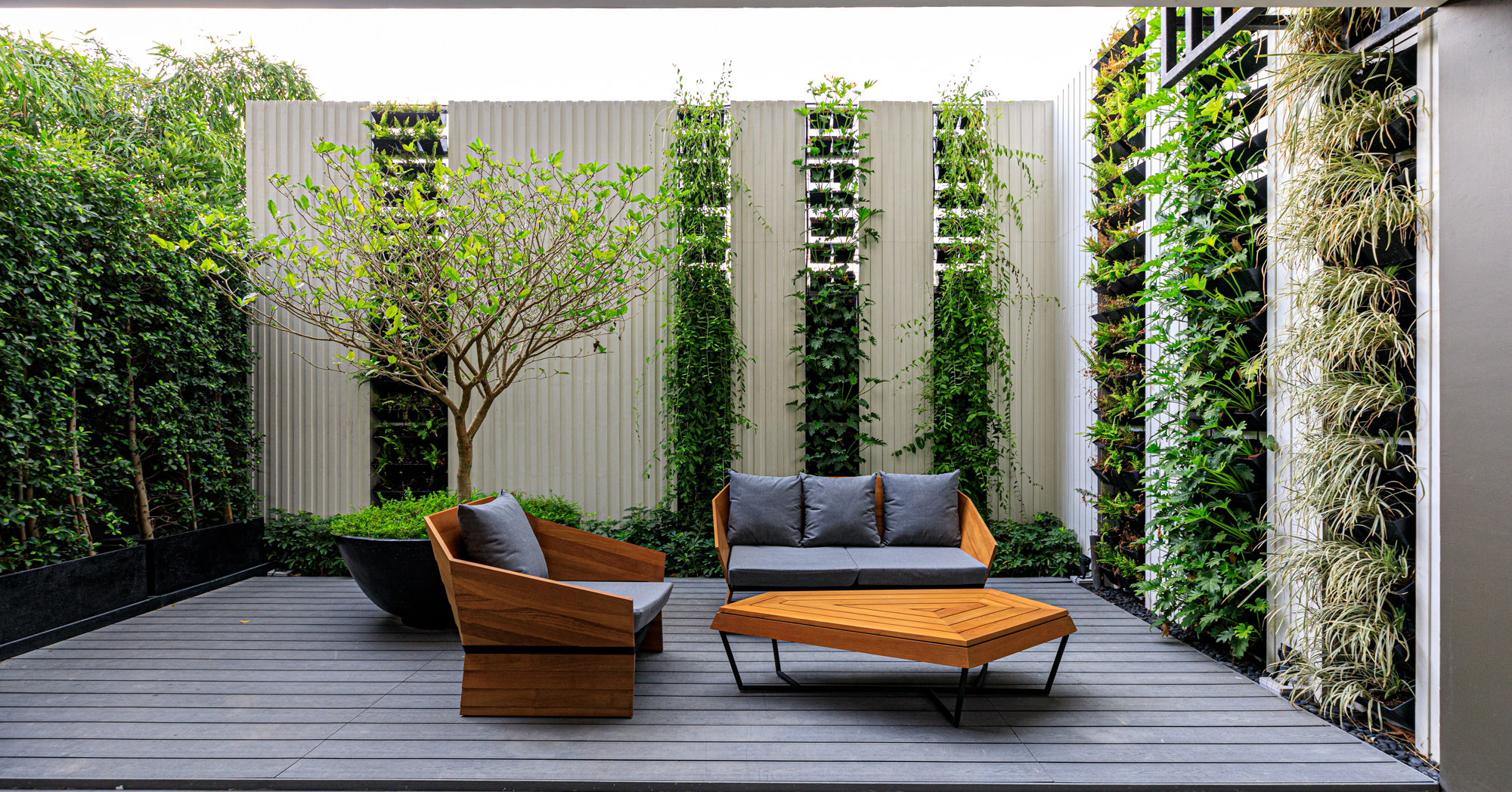
When you're analyzing and planning out your space, make sure you consider going up! Many plants can be grown in vertical planters or even pots hung on walls and railings. Consider adding trailing or vining vegetables to your list to make the most of the vertical space you have. Utilizing wall space is especially important if the area for your garden is a walkway or if people frequently come in and out of the space.
Choose the Right Vegetables
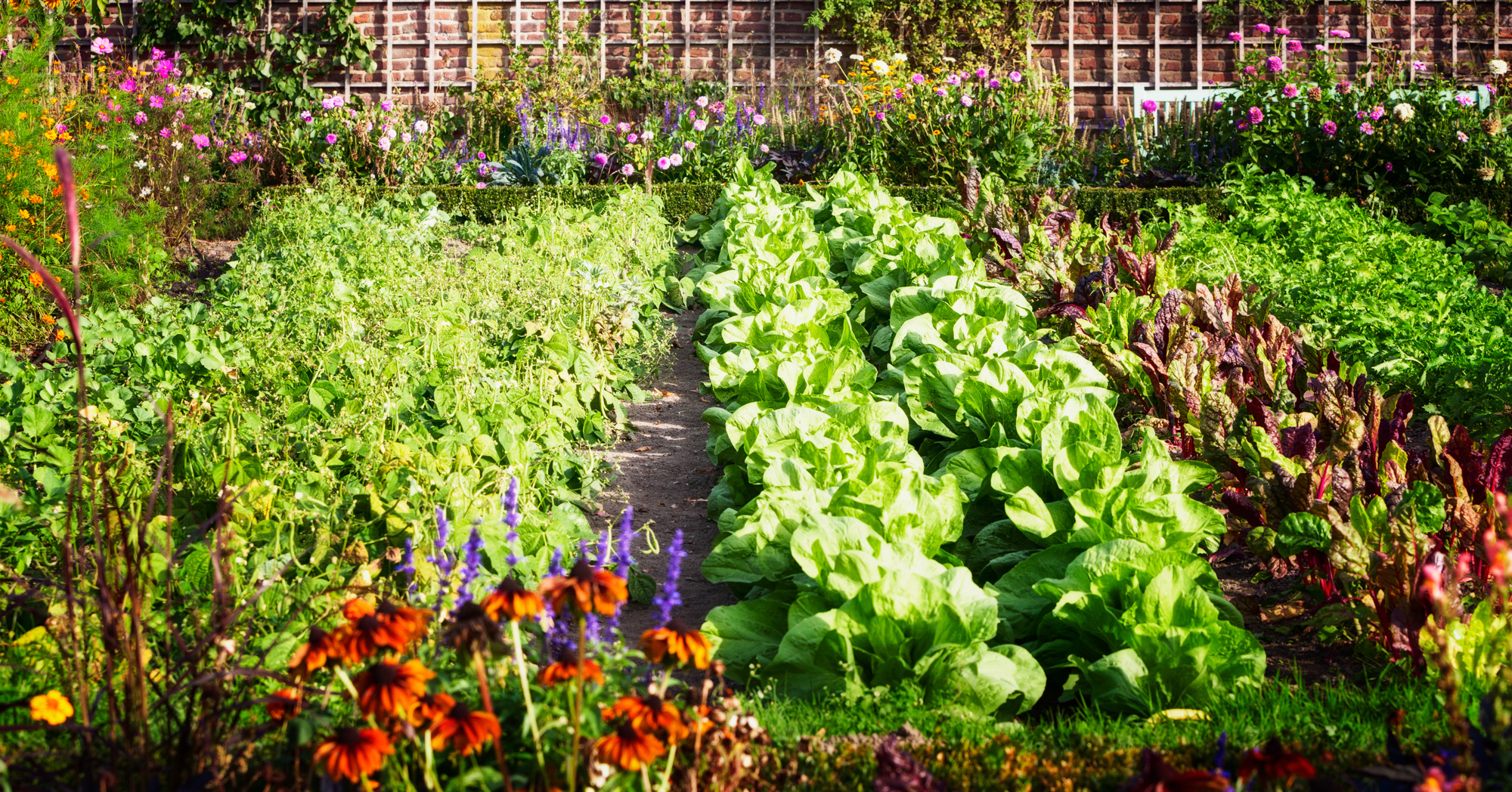
Planting vegetables such as cucumbers, peas, or beans on wall planters is a great use of vertical space. For potted vegetables, look for compact or dwarf varieties, or simply plants that are already small and can do well in containers. Cherry tomatoes, lettuce, radishes, peppers, and herbs are all great options. If you're set on growing something like potatoes or other root vegetables, the next tip will be especially important.
Select Appropriate Containers
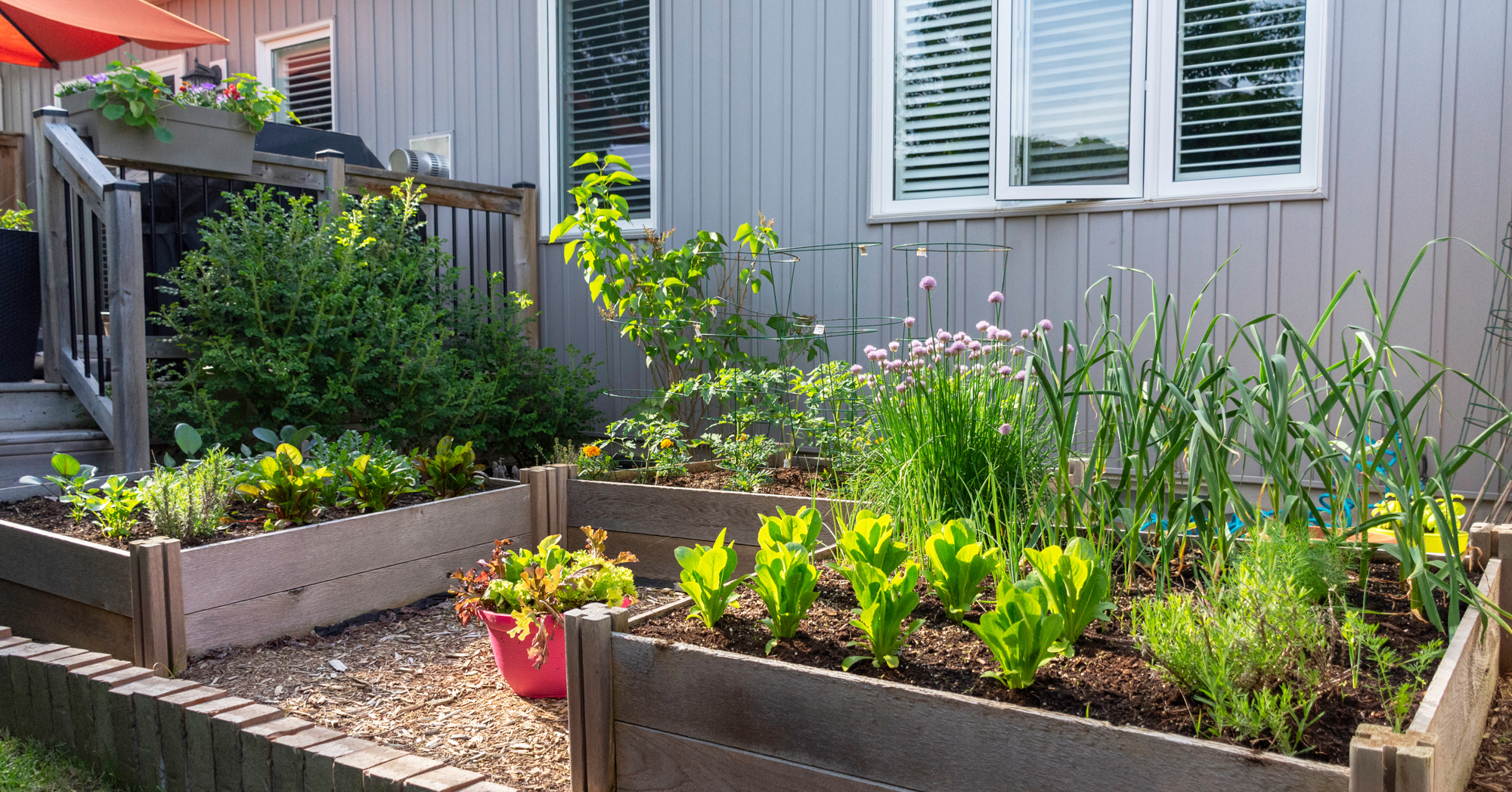
Raised beds work well for many small garden areas. If you're using pots, make sure they have plenty of drainage and are deep enough to provide plenty of room for roots to grow. You can use hanging baskets, window boxes, or tiered planters to help save space. If you want to grow root vegetables, you'll need to find very deep planters to use. Keep in mind, the larger the container, the heavier it will be and more difficult to move.
Use High-Quality Soil and Compost
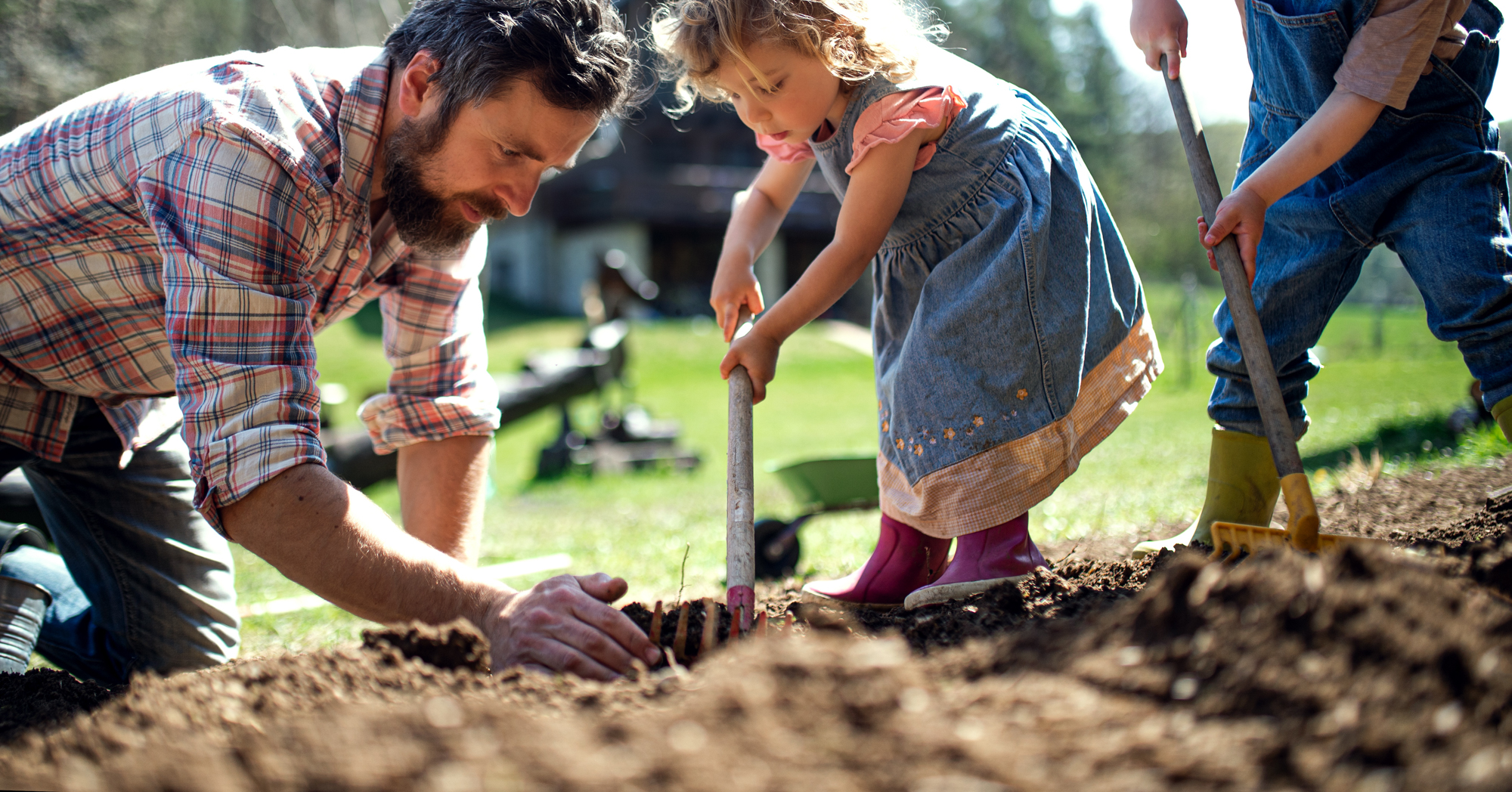
Using nutrient-rich soil or compost will help your vegetables thrive in your garden. Make sure you use something that has the right acidity for the types of vegetables you're growing. Many vegetables like the soil to be damp, but make sure it still drains well so you don't end up with a water-logged container that rots the roots of your veggies.
Provide Adequate Water and Drainage
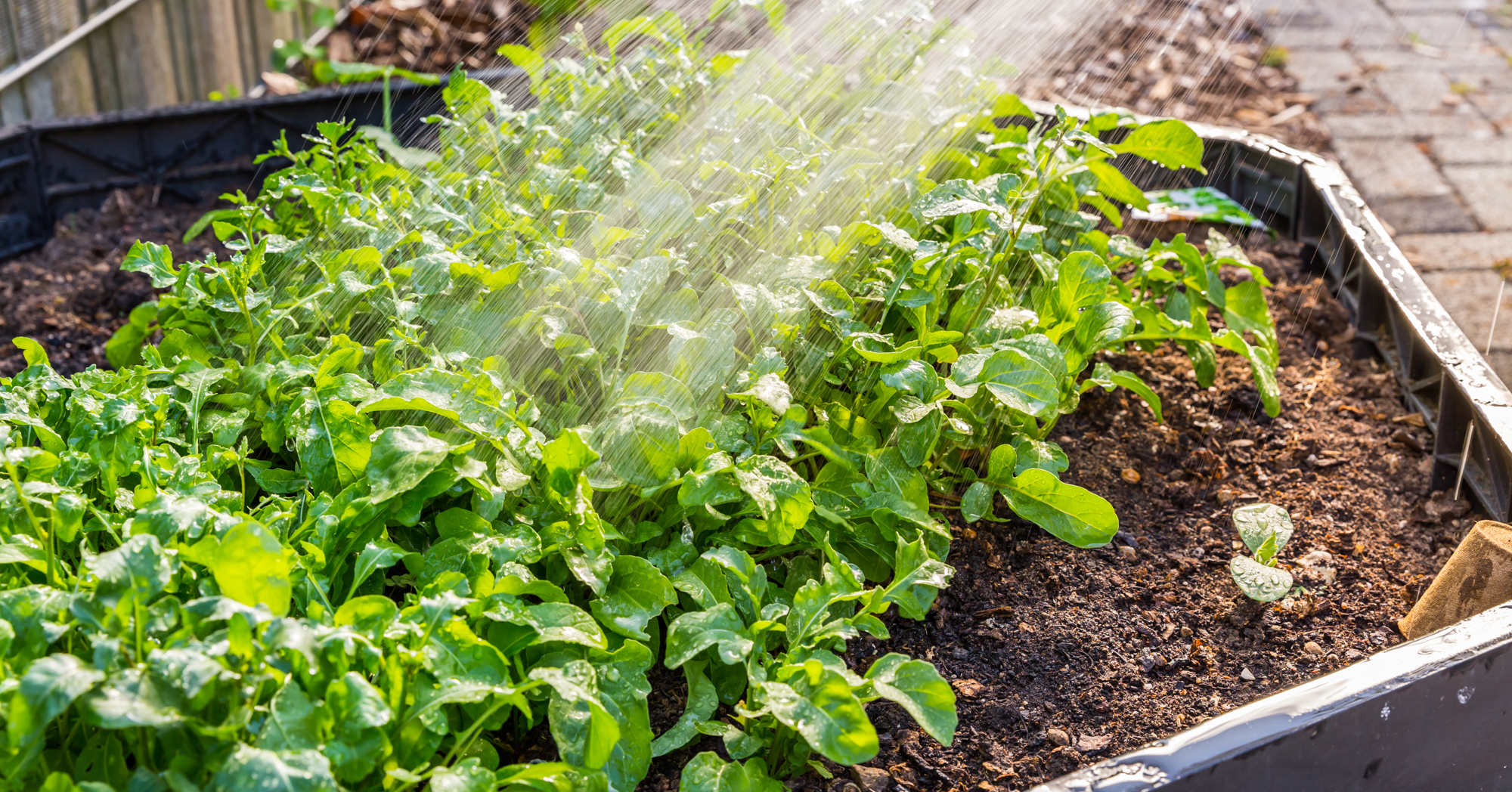
Access to water is often a challenge for small space gardens, especially if you're growing on a balcony or patio. In those cases, you'll likely be hand watering your plants, so getting a large watering can will be helpful. For most vegetables, you'll want to make sure you're watering enough that the soil stays damp, but not sopping wet. Make sure all planters have large drainage holes (which you can cover with a screen to prevent soil from falling out) to allow excess water to flow out.
Companion Planting
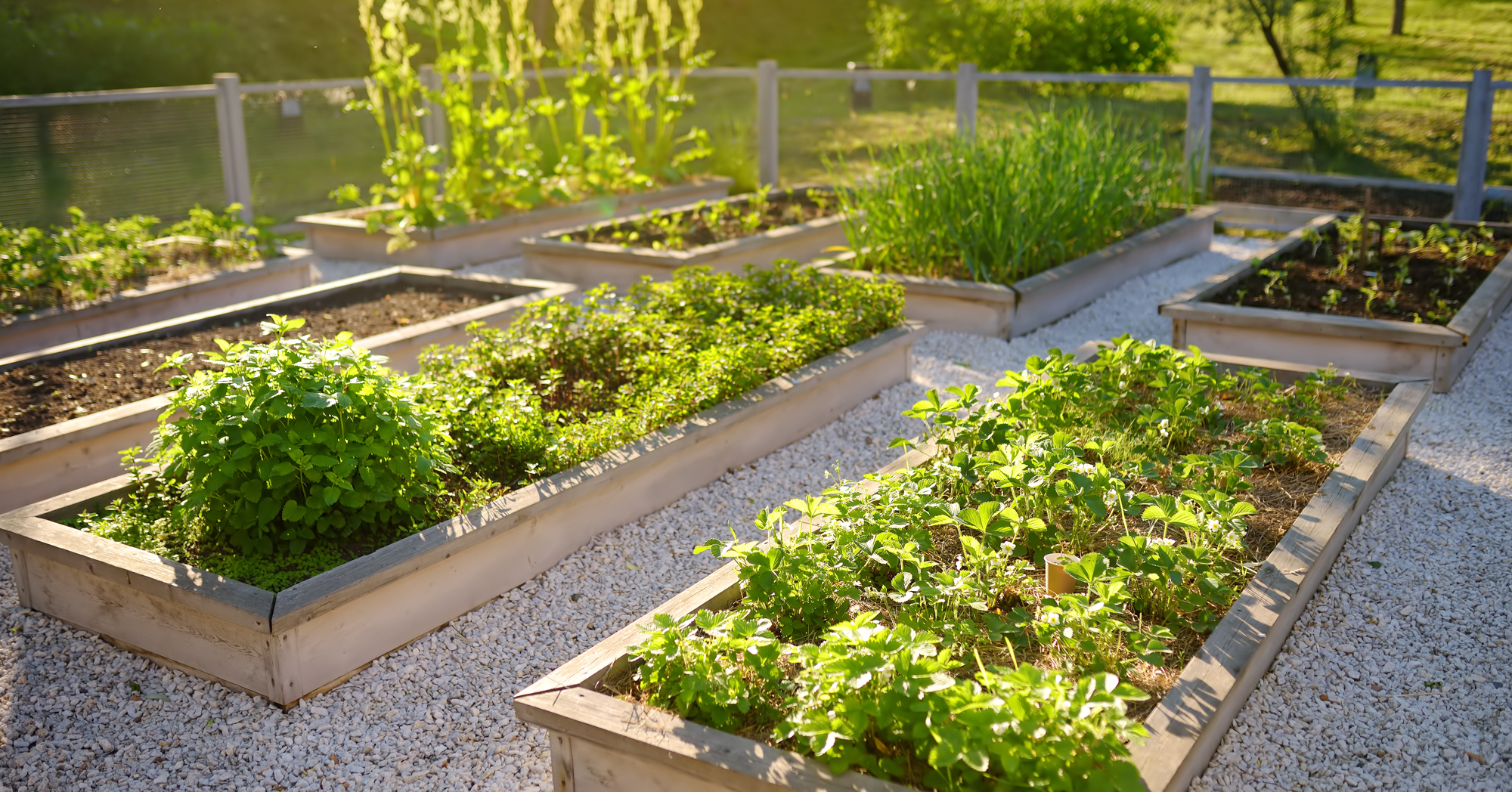
In addition to your vegetables, you might consider planting flowers or herbs to help deter pests and promote healthy growth. Combining basil with tomatoes is a great option. Growing marigolds with beans can help keep unwanted critters away. This is something you'll want to consider during your planning phase to make the most of your space.
Succession Planting
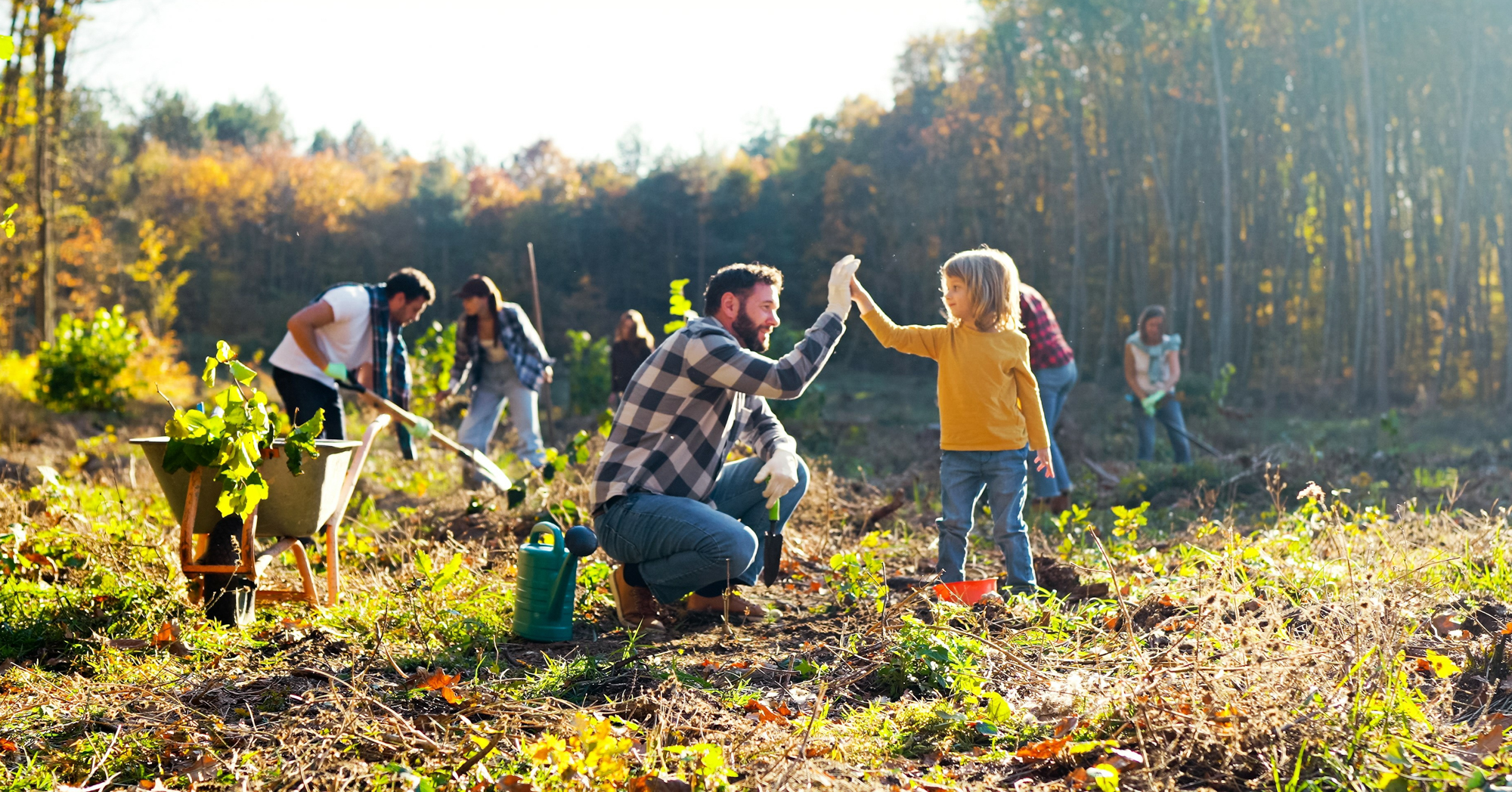
Vegetables grow at different rates and at different times of year. Use this to your advantage by utilizing succession planting. As soon as you harvest one crop, immediately replant the area with a new vegetable so you'll continuously have fresh produce throughout the year. Again, this goes back to planning and researching what vegetables you want to grow and what times of year they'll do best in your climate.
Consider Intercropping
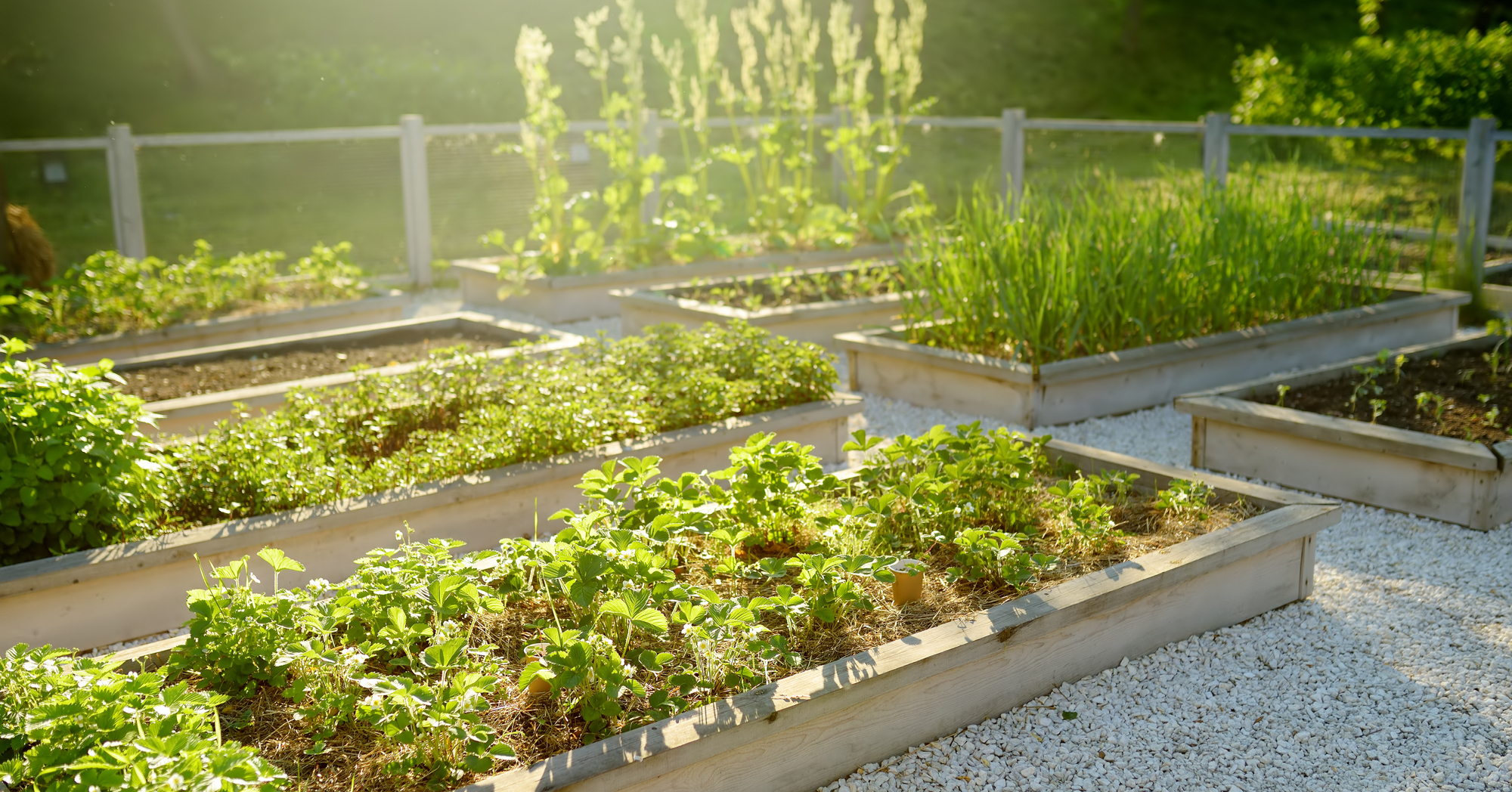
To maximize space, it can be helpful to plant smaller or faster-growing plants near larger or slower-growing plants. Lettuce or radishes can work well between tomatoes and peppers. If you don't have a lot of space to work with, it's important to space things carefully so you utilize all the soil and fill your containers completely. Look for vegetables that have similar light and water needs that can grow together.
Regular Maintenance
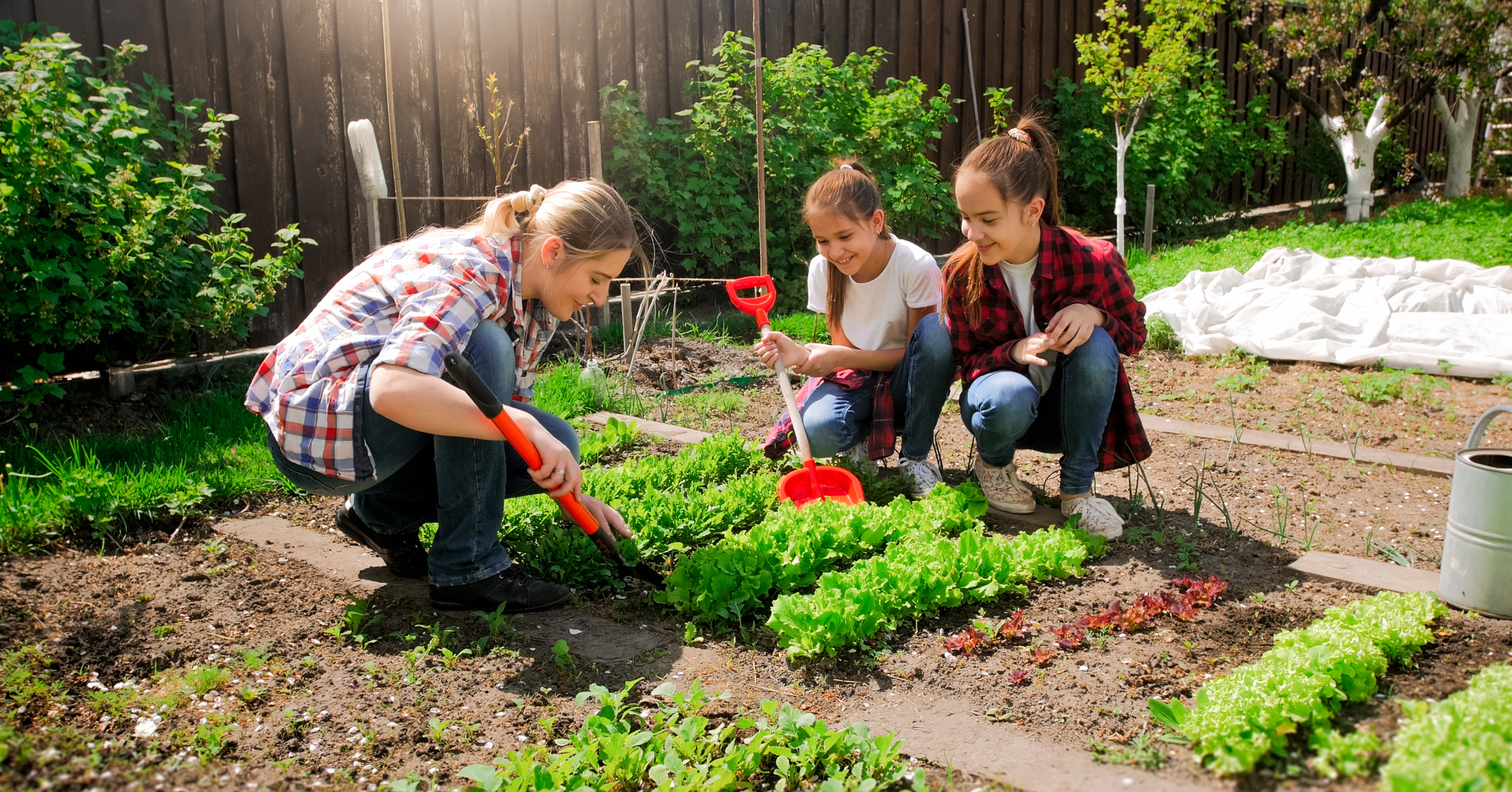
You already have limited space, so don't let weeds take up any room! It's important to regularly look for weeds and pests to keep your garden healthy. If you're growing climbing or vining plants, make sure they have proper support as they grow. Prune back plants as needed to keep the growth compact.
Feed Your Plants
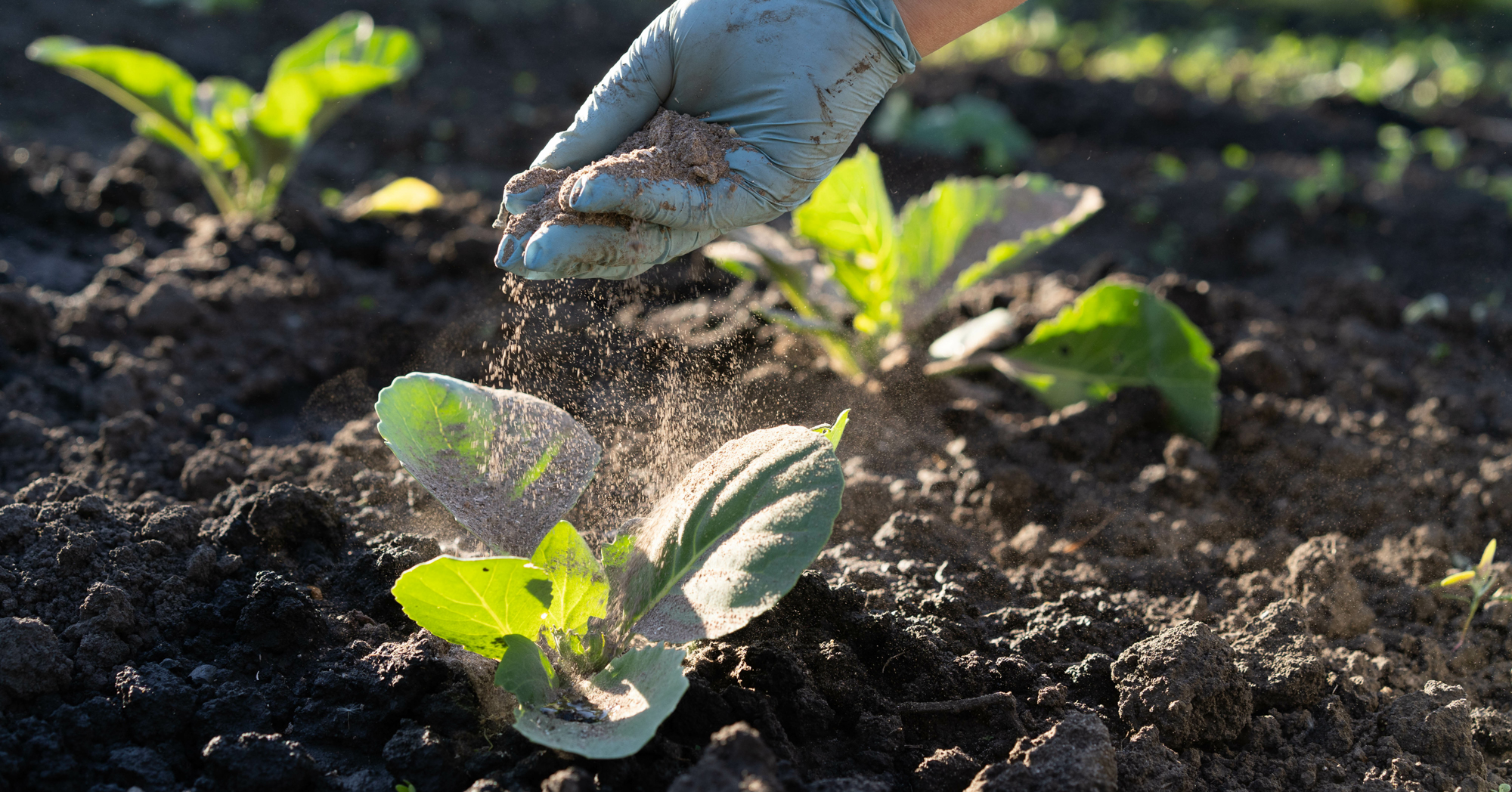
Even with nutrient-rich soil, you'll likely find it beneficial to fertilize your garden. Using compost tea is a great way to add nutrients gradually. You can also use an organic fertilizer. Often the crop you grow will taste better and develop properly with regular fertilizing.
Monitor Sunlight
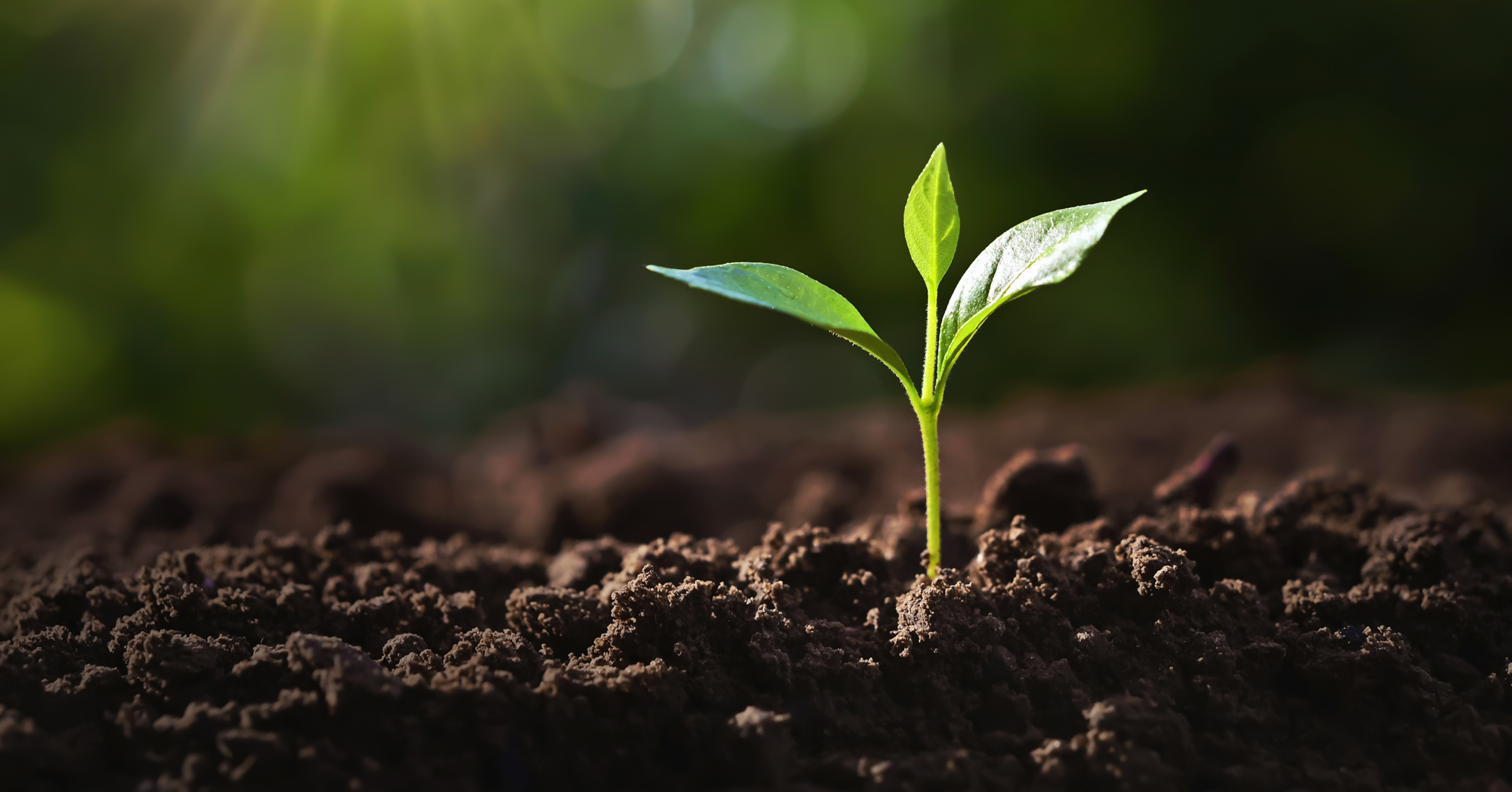
Vegetables need light to grow, but too much can burn or damage them. Before planting, and throughout the growing season, pay attention to how much sunlight your garden gets at different times of day. Generally, it's best to have full sun in the morning and indirect light in the afternoon. Full sun in the heat of the day can be too much for many vegetables.
Practice Crop Rotation
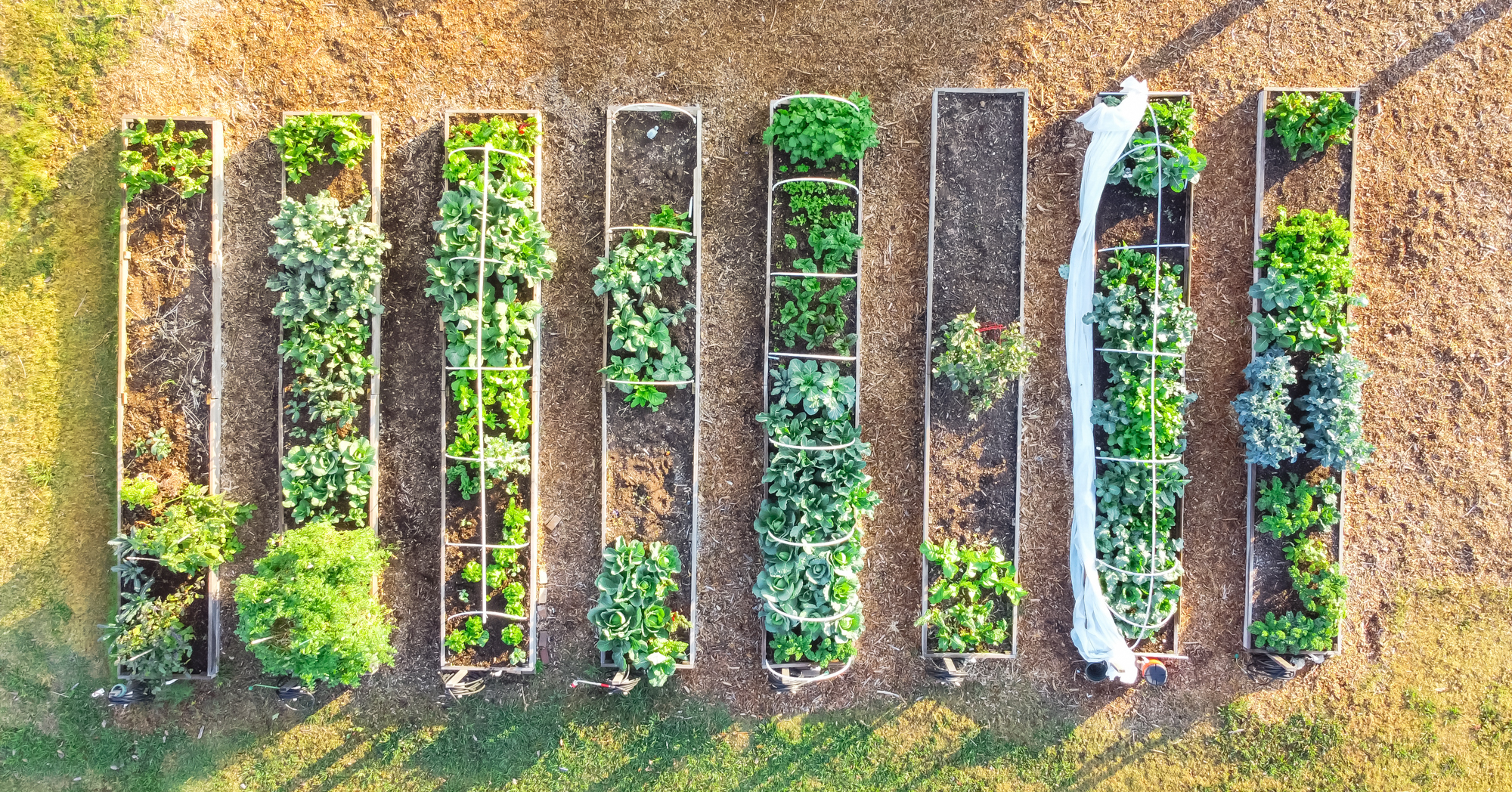
If you're successful with your vegetable garden, why not do it again next year? You'll have the most success and healthiest produce if you rotate which varieties you plant. Avoid planting the same vegetables in the same location to keep the soil healthy.
Protect Against Pests
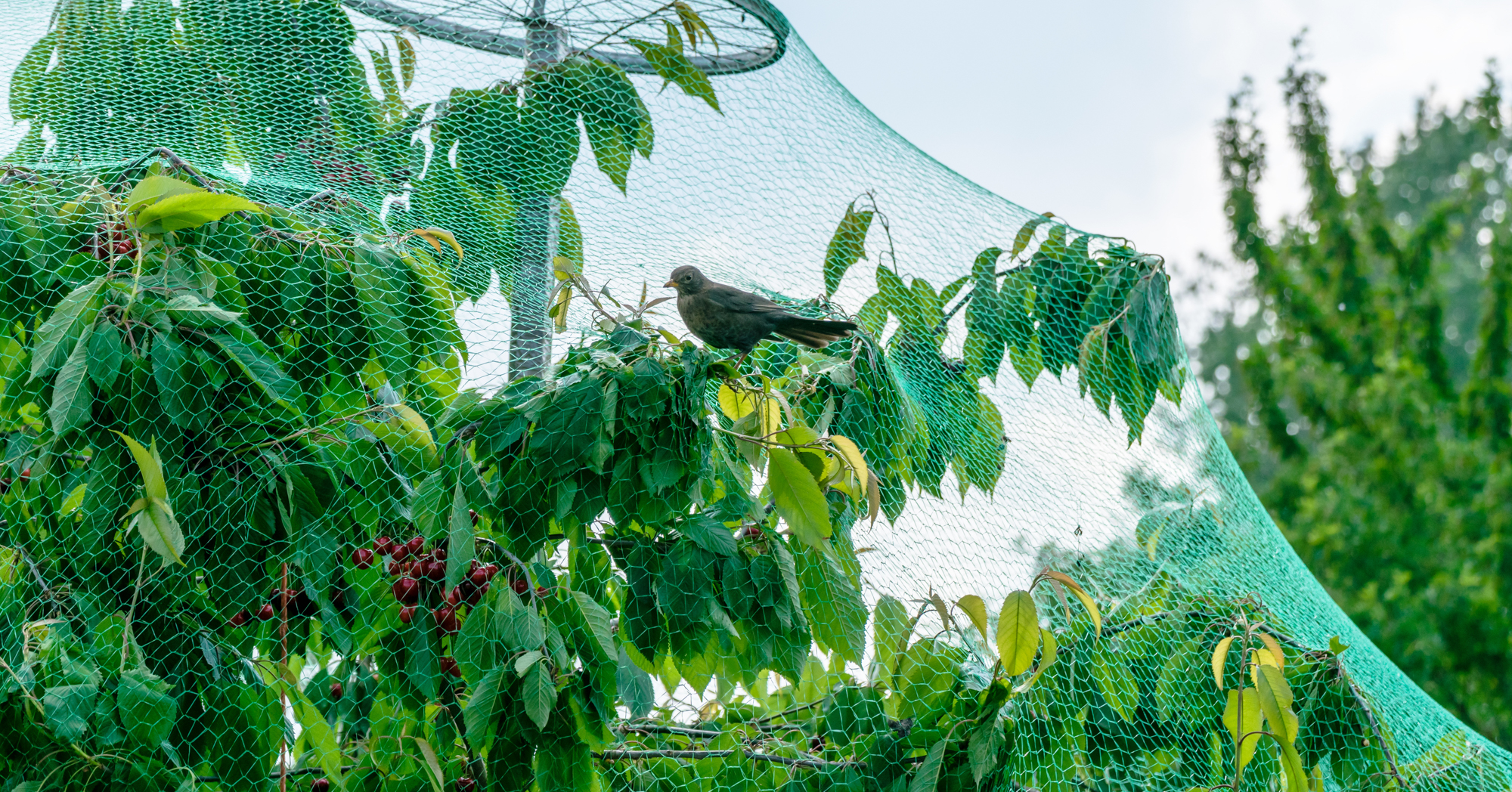
If birds are starting to eat the fruit of your labors, that usually means it's time to pick them. However, if you want to wait a few more days, it's a good idea to cover your crop to keep birds and other critters at bay. Even if your vegetables aren't fully ripe, many animals or harmful bugs may wander into your garden. Keep an eye out for uninvited guests and take necessary barriers or repellants to keep your vegetables and the animals safe.
Harvest Promptly
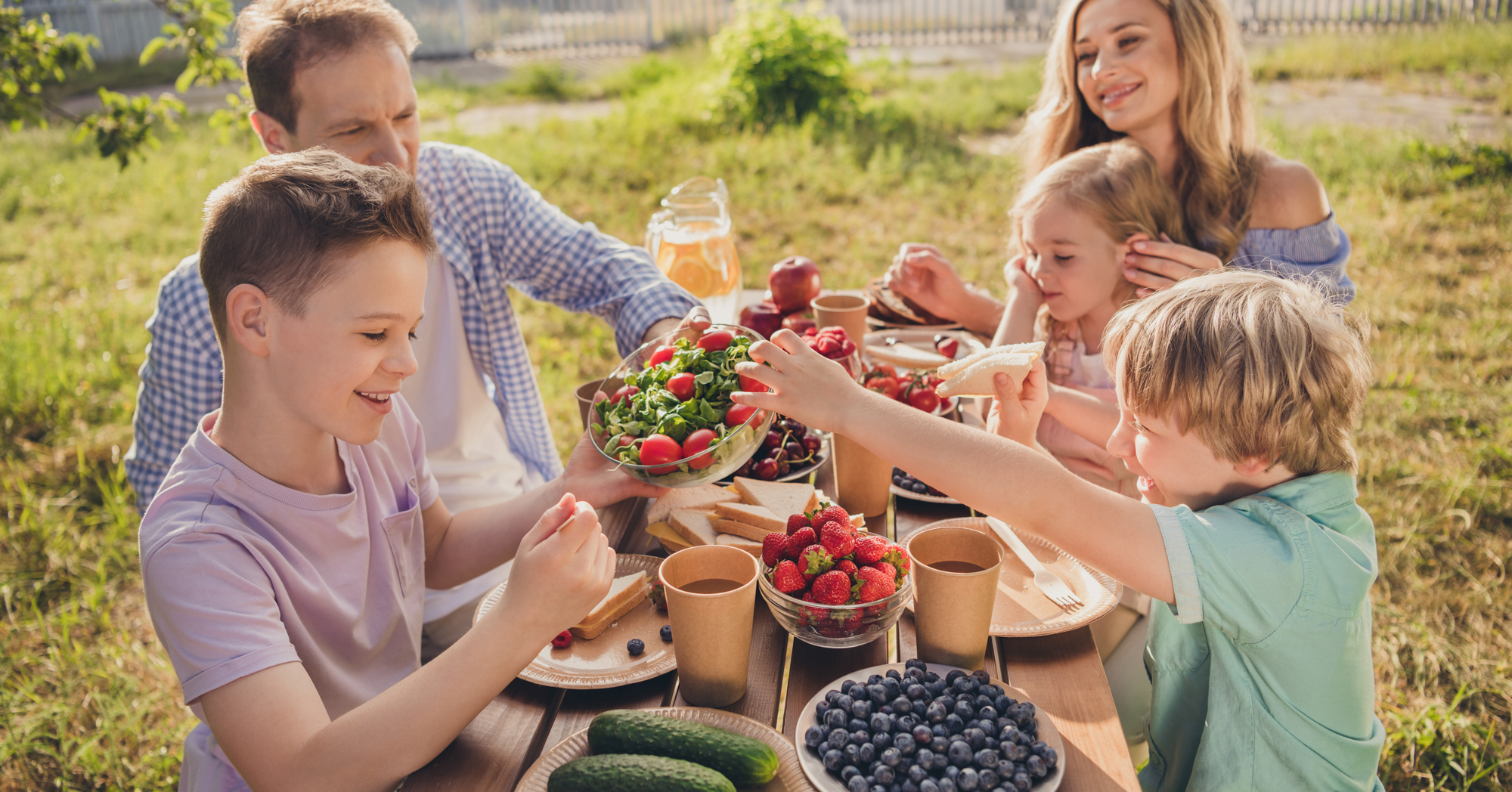
Picking your vegetables at the right time will mean they taste better and will also encourage continuous production for some varieties. This will also prevent overripe or wasted crops. You've worked so hard to get these to grow, don't let them go to waste. Of course, you can always share with friends and neighbors, or try canning, if you've grown more than you can eat yourself.
9 Easiest Vegetables to Start Growing in Your Garden
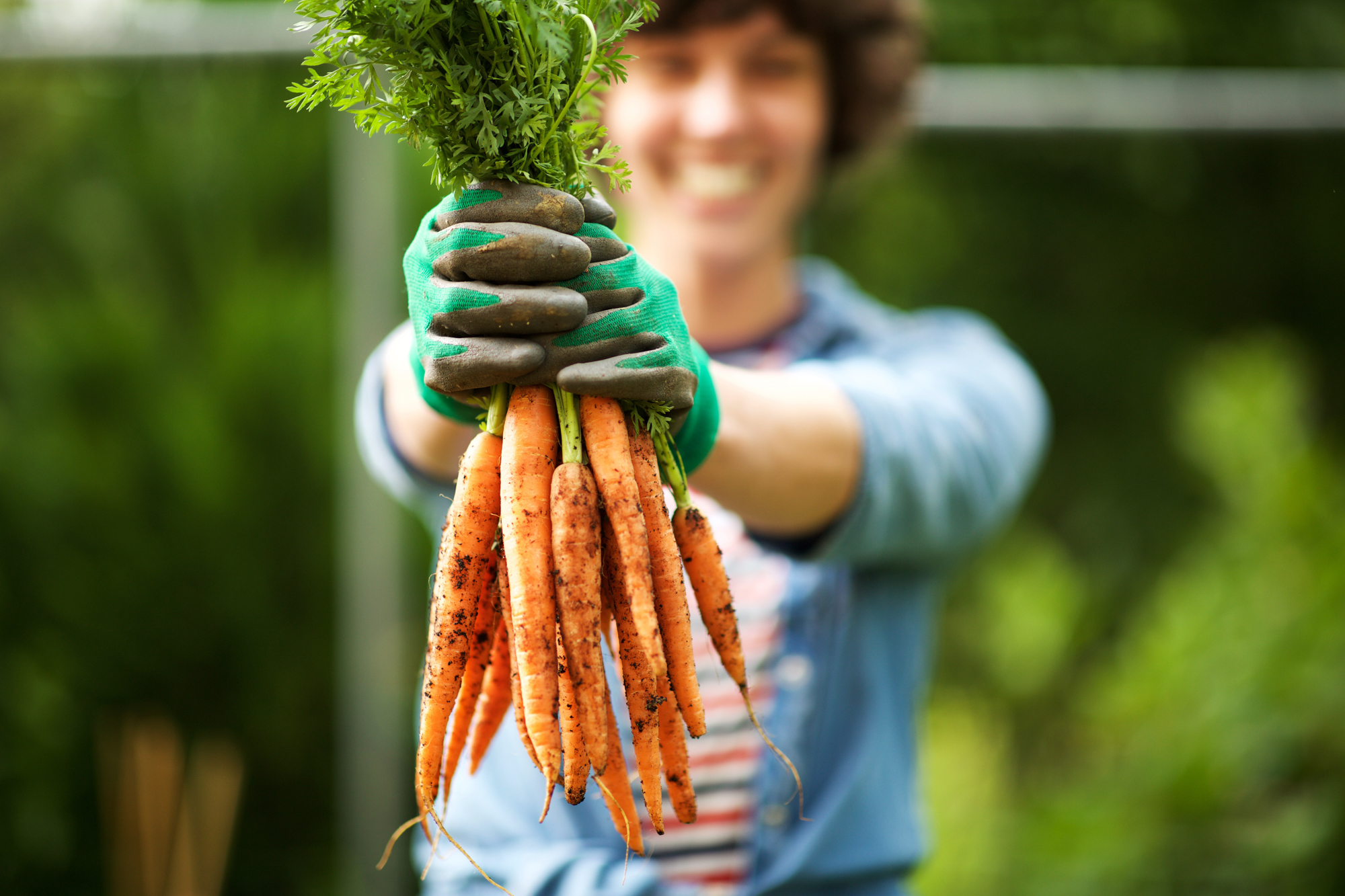
What could be more fun than harvesting your own vegetables throughout the summer? If you're ready to have fresh produce from your own garden, these vegetables are great to start with. Not only are they easy to grow, but they're popular options that you'll love eating raw or cooked in a delicious meal.
The Worst Gardening Mistakes Beginners Make Regularly
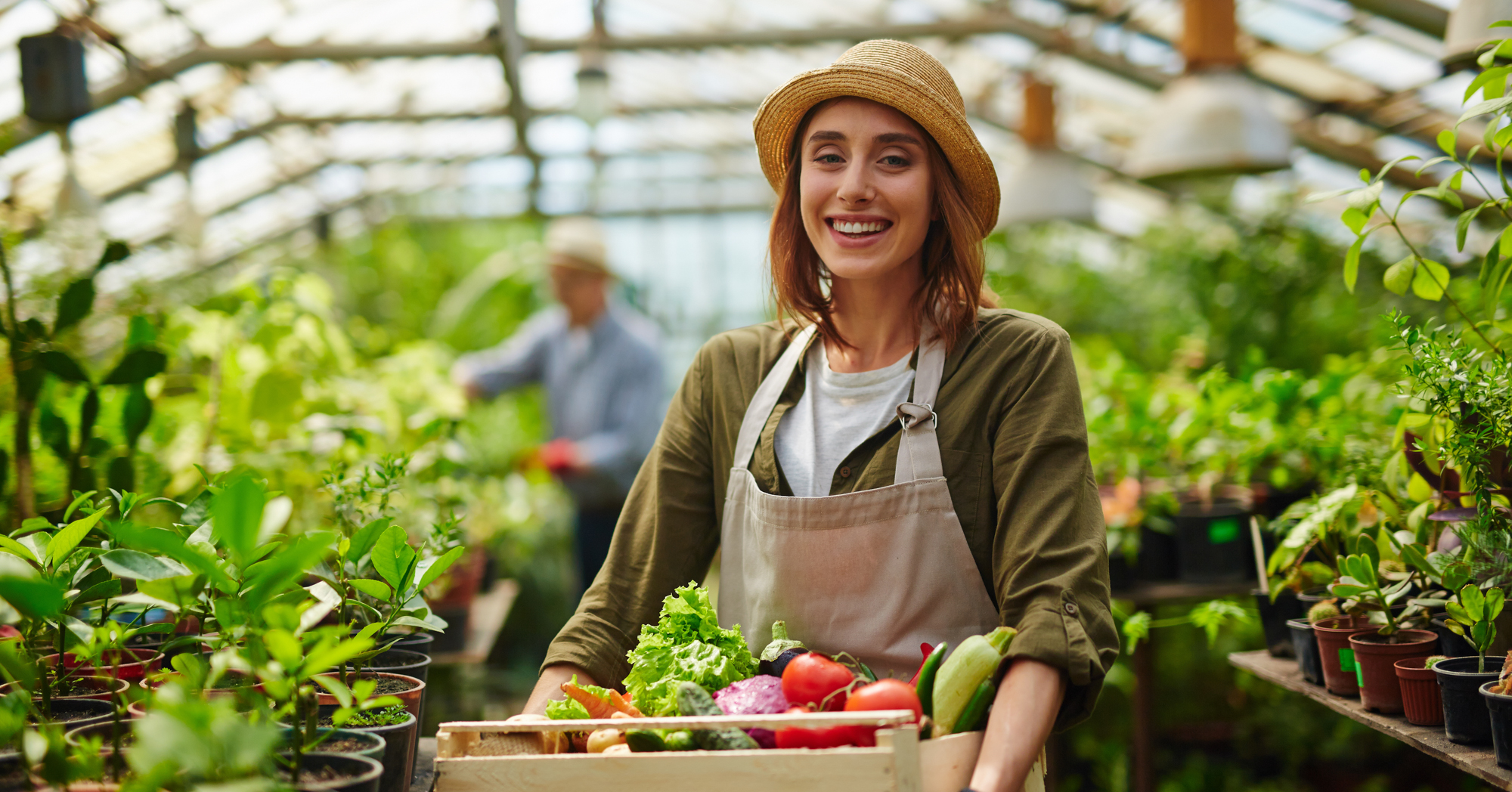
Gardening is a lot of fun but can also be quite overwhelming if you're just starting out. Naturally, new gardeners often learn from what they see more experienced growers doing. Sometimes this can lead to mistakes as beginners don't have the same knowledge and experience. These mistakes can be avoidable, but you have to know what to look for.
Gorgeous, Self-Seeding Flowers You'll Only Have to Plant Once
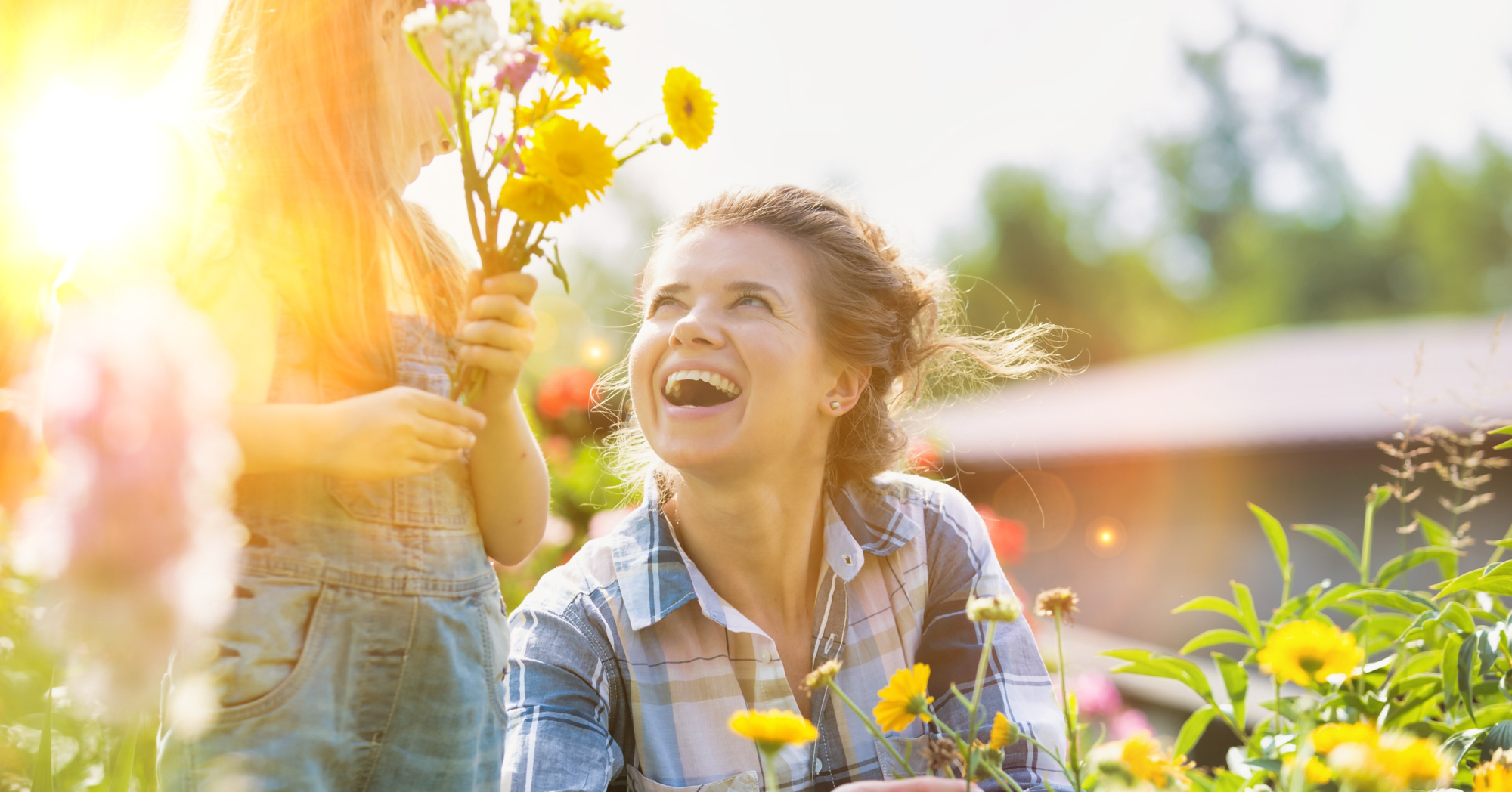
Growing flowers from seeds is an inexpensive and great way to grow annuals (plants that only live for one year). However, just because you plant them once doesn't mean you'll have to re-plant them each. Some plants self-seed quite easily and will come back year after year with very little effort on your part. Many of these flowers also attract pollinators, such as bees and butterflies, to your garden.
Butterflies Can't Resist These Flowering Plants
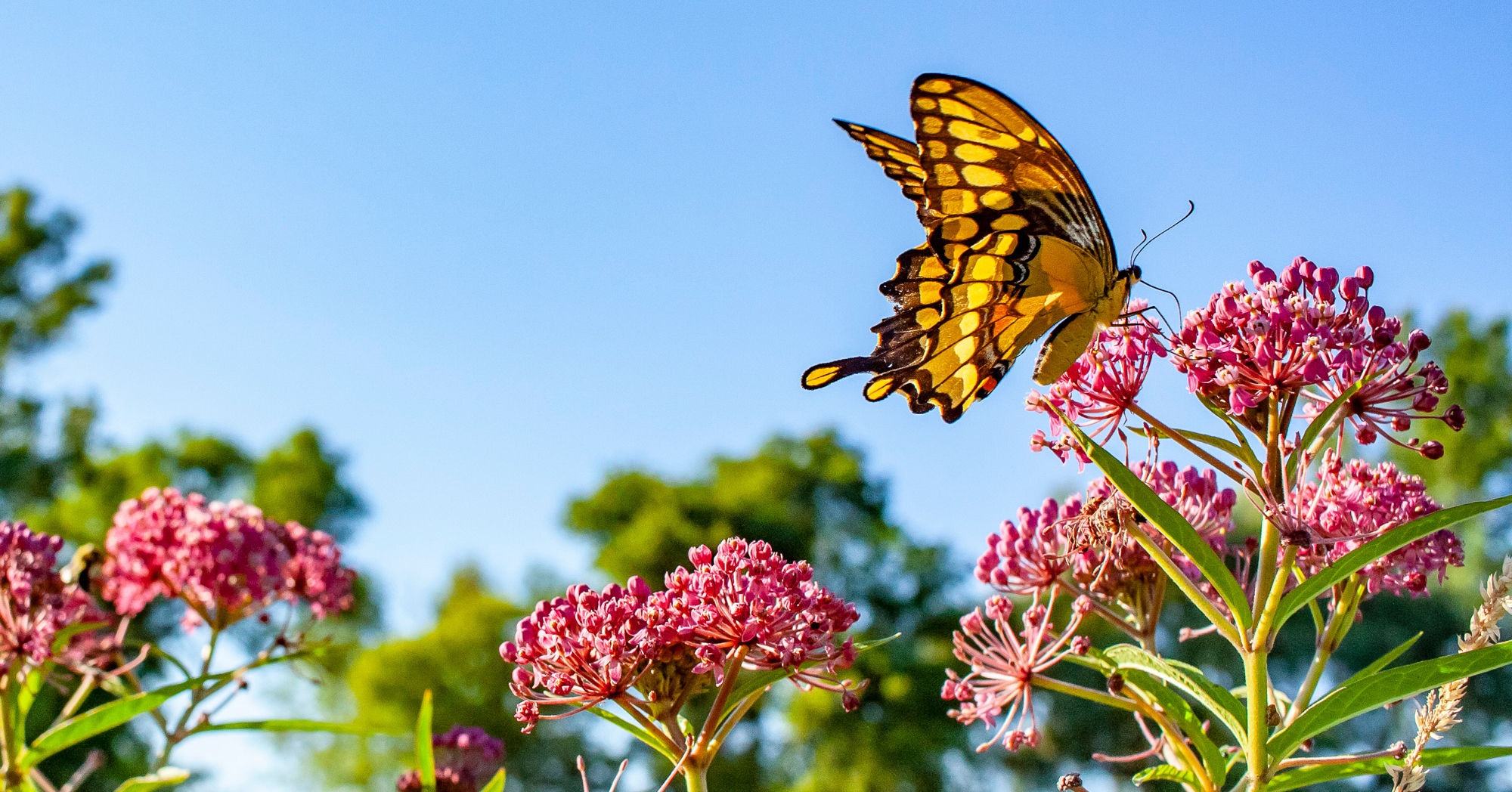
Watching butterflies around your garden is a great way to relax and unwind. Encouraging these beautiful insects to come into your yard is as simple as growing plants they're attracted to. While nearly any flowering plant will bring butterflies into your garden, the plants in this list are tried-and-true butterfly favorites.
12 Popular Plants to Absolutely Avoid Growing In Your Garden
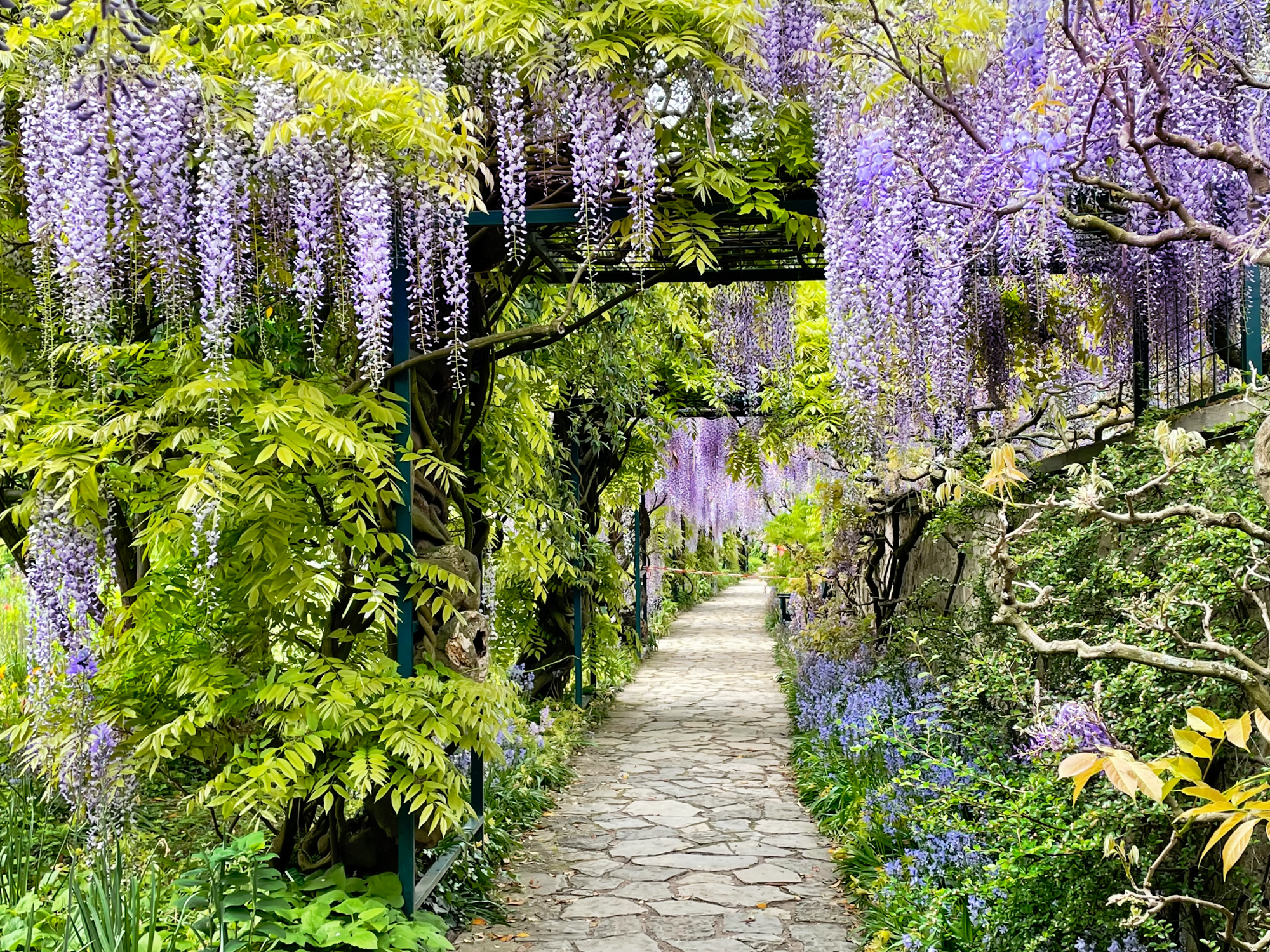
While gardening can be fun, make sure you avoid the plants on this list unless you want a headache. Some plants can become quite invasive and others have roots that can destroy the foundation of your house or break up sidewalks. Keep these plants out of your garden and you're on your way to a more pleasant and low-maintenance gardening experience.
This article originally appeared on Succulents and Sunshine.